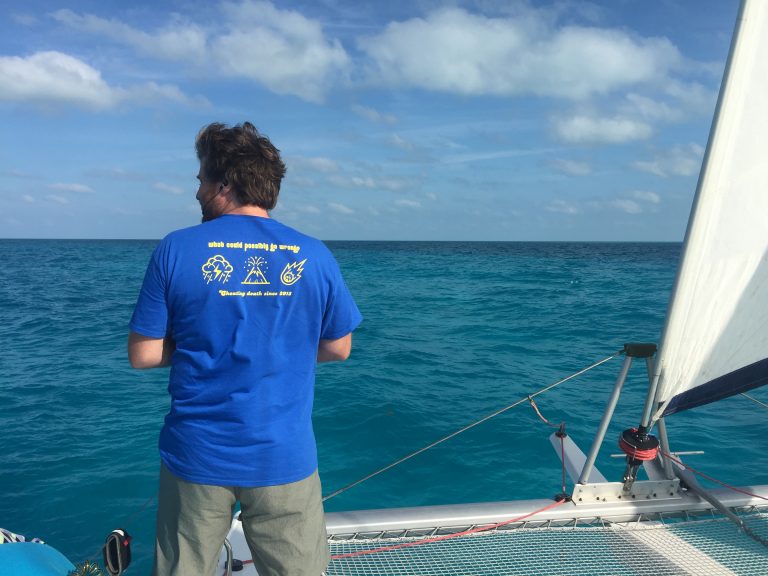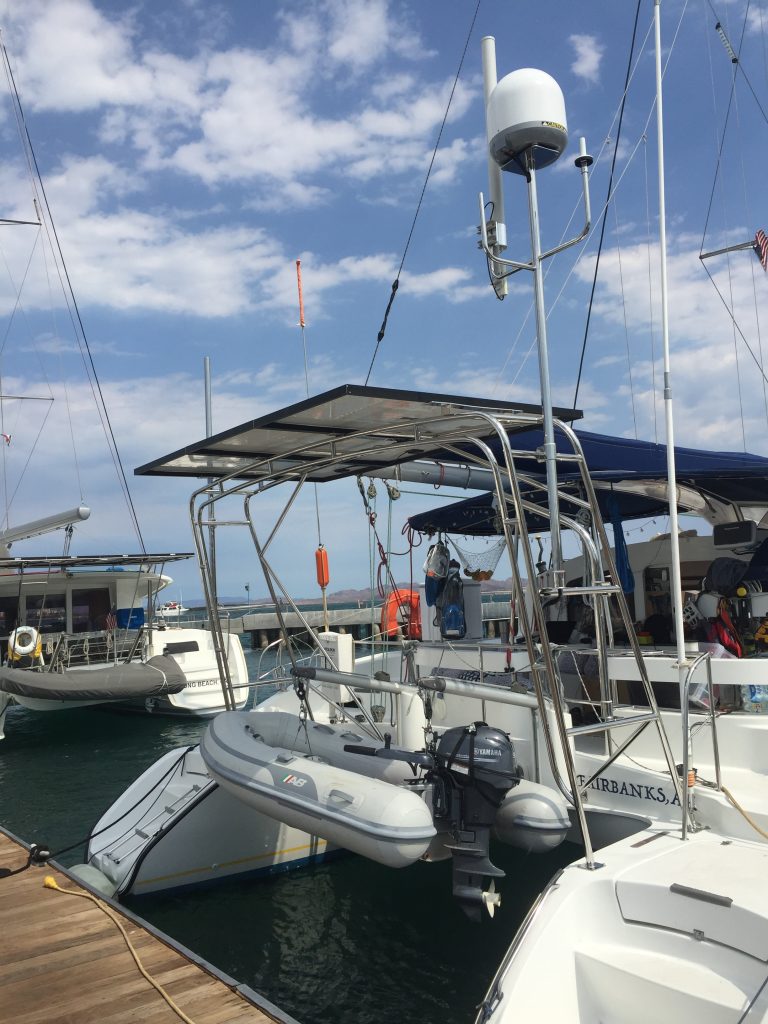Ryan has a job, which requires Internet and phone connectivity wherever we happen to roam. As a result of this and my wireless ISP experience, we have sifted through most of the available consumer communications gadgets, gizmos and systems currently available. Here is a run-down of what communications devices we have aboard Waponi Woo, what they are supposed to do and how we use them. 1. Standard Marine VHF Radio Waponi Woo came with a Uniden UM525 VHF radio. A nice feature of this radio is Digital selective calling, or DSC, so we can hail other boats directly. As most of you with a boat already know, VHF works pretty well for line-of-site, short-range calling. We rarely turn our VHF off. In La Paz, and many other cruiser infested ports and anchorages, one can hail other boats on a designated “cruiser hailing channel.” There are also a few VHF cruiser…
When we bought the Waponi Woo she had 800 AH of AGM batteries. This means that we had 400AH of actual energy to use while off shore. While 400AH sounds like quite a bit the the average household in the WA state uses around 1041 KWH of energy per month (35 KWH/day, 289 AH/Day) Coverting KWH to AH is :[Kwh = AH * V / 1000], assume 120VAC. Per <https://www.electricchoice.com/blog/electricity-on-average-do-homes/> The batteries were also approaching 10 years of use. Most AGMs, when treated well can last 7+ years with declining energy storage. Around July of last year we had to run our small generator to get enough power into the batteries to get one engine started. We would then run that engine long enough to get the second engine started. I would usually do this in a serepticious manner as to not let the inlaws know how bad the power…



